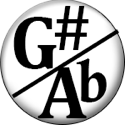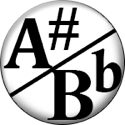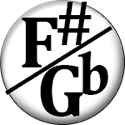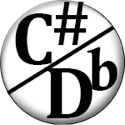Play a Memphis-Style Blues
A common technique for blues accompaniment is to decorate the 3rd note of each chord with the note a half-step below. This “out-and-in” feeling is central to the blues sound.
In a C blues, the chords would be C7, F7 and G7. The thirds of those chords are E, A and B. So for each chord you can play its third decorated by the note a half-step below the third. For example, over the C chord you would play an E♭ and then E.
Does this sound familiar? The concept of improvising over the blues using both the major pentatonic and the minor pentatonic from the root comes directly from this idea. In the above example the E♭ is in the C minor pentatonic and the E♮ is in the C major pentatonic scale. In this backing track, we’ll repeat the idea for every chord.
The Accompaniment Pattern
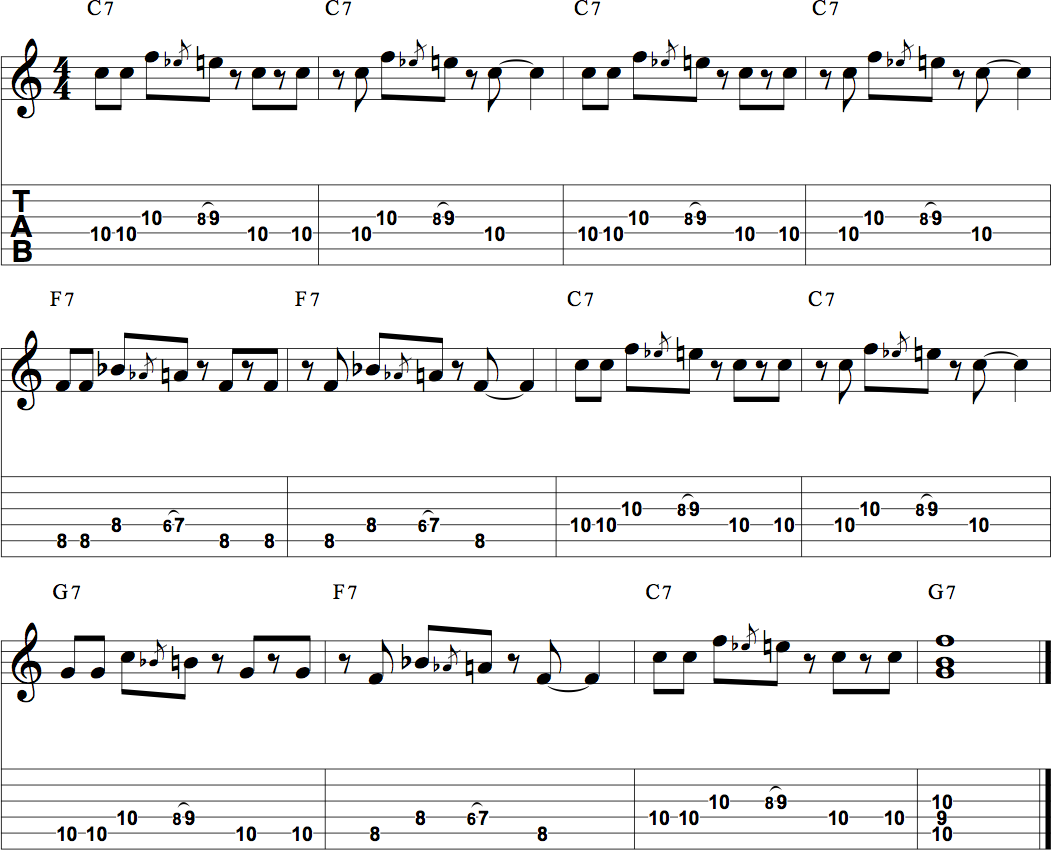
Materials to Use
- Beginners: Use the C major pentatonic or C minor pentatonic
- Intermediate: Try combining the C major and C minor pentatonic scales
- Advanced: Use Mixolydian chord scales for each chord (C Mixolydian, F Mixolydian and G Mixolydian).
Basic Scales
C Minor Pentatonic
C Major Pentatonic
More Advanced Scales
C Mixolydian
F Mixolydian
G Mixolydian
Backing Track
When you’re ready, play the bluesy decoration of the flat third going to the major third of each chord. See if you can base an improvised solo off of this idea.
Exercises
- Play the chords C7, F7, and G7 along with the track.
- If you know any other versions of these chords, try those instead.
- Play the C pentatonic major scale along with the track, in time.
- Play the C pentatonic minor scale along with the track, in time.
- Advanced players: try playing the appropriate Mixolydian patterns along with each chord. One octave should be plenty.
- High priority: As each chord goes by, play an accompaniment consisting of the flat third of the chord resolving to the major third of the chord. This sound can also be heard in the piano.
- Develop 2-3 short melodies using the scales. Each melody should consist of 5-10 notes. Play the melodies with the track.
 As the creator of Hub Guitar, Grey has compiled hundreds of guitar lessons, written several books, and filmed hundreds of video lessons. He teaches private lessons in his Boston studio, as well as via video chat through TakeLessons.
As the creator of Hub Guitar, Grey has compiled hundreds of guitar lessons, written several books, and filmed hundreds of video lessons. He teaches private lessons in his Boston studio, as well as via video chat through TakeLessons.




